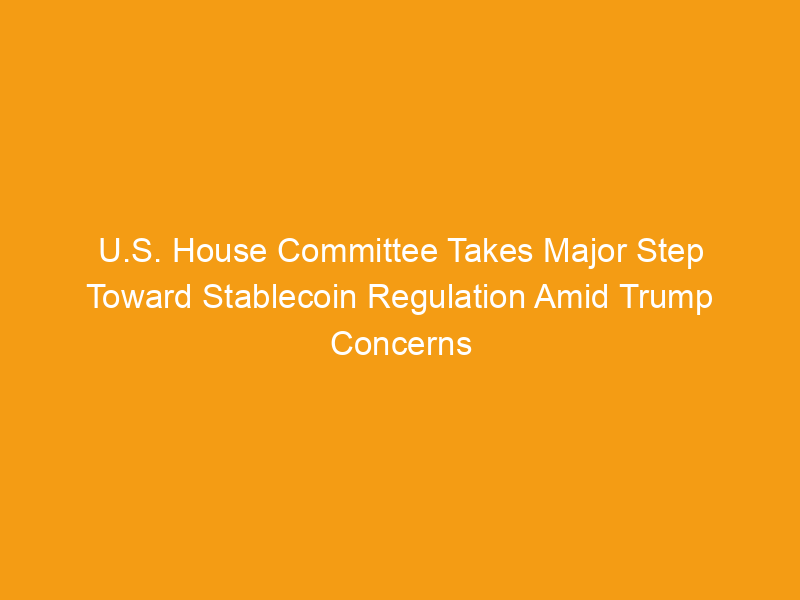Strong Q1 Performance Despite Market Challenges
The first quarter of the year saw impressive inflows into spot bitcoin ETFs, even amid a lackluster price performance. Notably, an optimistic forecast from analysts suggests that the next three months may witness even more significant inflows, potentially reaching $3 billion, regardless of price recovery.
Juan Leon, senior investment strategist at Bitwise, noted, “Even if current market conditions persist in the second quarter, we are seeing strong traction from financial advisors and institutional investors.” This optimism highlights the growing interest from professional investors, who seem to recognize the global momentum towards bitcoin adoption, a trend recently spurred by the Trump administration’s supportive stance on cryptocurrency.
Retail vs. Institutional Interest
While retail interest in bitcoin has waned due to a focus on price fluctuations, professional investors are increasingly viewing the current market conditions as a prime opportunity to either initiate or expand their bitcoin allocations. Leon remarked, “Many are seeing these market conditions as an opportunity to start or increase an allocation.”
In the first quarter alone, bitcoin ETFs experienced over $1 billion in inflows, despite a challenging macroeconomic environment that included the S&P 500 Index facing its largest quarterly loss since 2022 and bitcoin itself experiencing a 13% decline.
Potential for Increased Inflows in Q2
Looking ahead, Leon anticipates that inflows could be even stronger in the second quarter, potentially surpassing $3 billion. This optimism is bolstered by the unlocking of wirehouse platforms and advancements in legislative policy regarding cryptocurrencies.
Understanding ETF Inflows: The Basis Trade
It’s crucial to note that the $1 billion in net flows from the first quarter, along with predictions for the second quarter, may not fully indicate a genuine investor interest in purchasing bitcoin at lower prices. This is due to the basis trade, where institutional investors purchase spot bitcoin ETFs while simultaneously shorting CME bitcoin futures. This strategy allows them to earn yields without direct exposure to bitcoin’s price movements.
In late 2024, the yield from this strategy was notably high, remaining well above the risk-free rate throughout much of the first quarter. However, with recent declines bringing yields down to about 5%, there are concerns that arbitrage-related inflows into ETFs may begin to decrease.
Long-Term Optimism: Institutional Adoption on the Rise
Despite these challenges, industry experts remain optimistic about the long-term potential of bitcoin ETFs. Nate Geraci, president of the ETF Store, remarked, “While a favorable price environment would certainly be a boost, it’s important to remember that adoption of spot bitcoin ETFs by these groups is still in its infancy.” As institutional investors become more comfortable with bitcoin allocations, it is expected to create a significant tailwind for future inflows.
Although many institutions have made initial allocations to bitcoin over the past year, these investments still represent a small fraction of overall ETF investments, which predominantly come from retail investors. However, with a more favorable regulatory environment and the potential for government allocations into bitcoin, this ratio may soon shift dramatically.
Survey Insights and the Outlook for Bitcoin
During a recent ETF conference in Las Vegas, a survey revealed that 57% of financial advisors plan to increase their allocations to crypto ETFs this year. This shift marks a significant decrease in the “reputational risk” associated with cryptocurrencies among advisors.
Furthermore, bitcoin is increasingly viewed as a “safe haven” asset during economic downturns, a perception that could bolster confidence as recession fears loom. David Siemer, CEO of Wave Digital Assets, stated, “If we see continued rate cut expectations, signs of economic uncertainty, or deepening fears of a potential recession in the US, Bitcoin’s role as ‘digital gold’ will likely support additional inflows.” He also noted that while some short-term traders might exit in response to price weakness, long-term investors are expected to maintain strong inflows, particularly as institutional adoption accelerates throughout the year.



